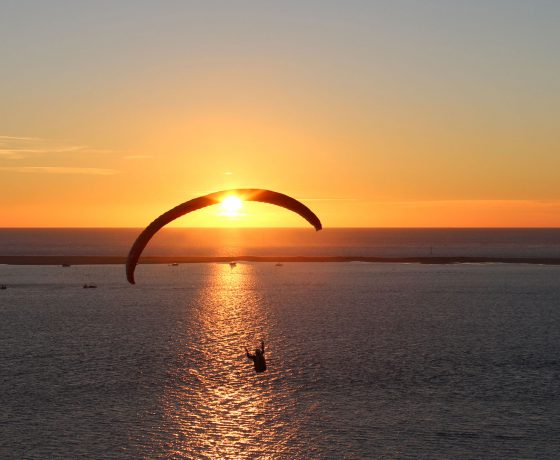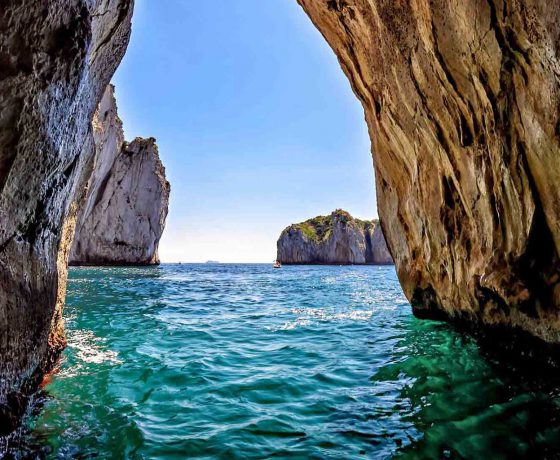Pompeii and Vesuvius Park
Ancient Pompeii sprawls in a decrepit heap at the foot of Mount Vesuvius, which erupted in AD 79, destroying the town. Buried by stones and ash, it has only been discovered on the 17th century. In 1748 the excavation began and it revealed a city frozen in time. The remaining buildings are filled with paintings and sculptures. Graffiti are still on the walls and the streets are paved; the ghosts of that distant past are almost tangible on the site. The highlights of the this ancient town are the following.
House of Vettii: one of the Pompeii’s finest house. The Vettii were not aristocrats, but freedmen, firmer slaves, who had made a fortune by trading. It was a patrician villa of the wealthy merchants, Aulus Vettius Conviva and Aulus Vettius Restitutus. Today is partly reconstructed and has rooms decorated with frescos and sculpture.
Then, the house of the Faun which is the famous villa of the wealthy patrician Casii. It is named after its bronze statuette. The mosaic battle of Alexander, in the Museo Archeologico of Naples, originated here.
The Scarium of the Lares which faces the Forum and the temple of Vespasian. This building housed the statues of Pompeii’s guardian deities, the Lares Publici.
The Macellum which was the Pompeii’s main market place.
Via dell’abbondanza that was one of the original and most important roads through ancient Pompeii. Many inns lined the route.
Last days of Pompeii that was used as a backdrop for an opera of the same name. This name was also used for a 19th century painting by Sanquirico that shows people of Pompeii fleeing as Mount Vesuvius erupt violently.
The western area of Pompeii contains impressive Roman ruins, some remarkably intact. Parts of eastern Pompeii still await excavation.
– Vesuvius and the national park of Vesuvio
Nearly 2000 years after the eruption of Mount Vesuvius, the Roman towns in its shadow are still being released from the petrification that engulfed them. Both Pompeii and Stabiae (Castellamare di Stabia), on the southeast of Naples and the volcano, were suffocated by hot ash and volcanic pumice stone. The roof of the buildings collapsed under the weight of the volcanic detritus. Fabric, jewelers, food, tools and utensils were largely destroyed. To the west, Herculaneum (Ercolano) vanished under a sea of mud. A large number of its buildings have survived, their roofs intact, and many domestic items were preserved by the mud. About 2000 Pompeiians and a few residents of Herculaneum died.
In AD 79, Pliny the Elder, a Roman soldier, writer and naturalist, was the commander of a fleet stationed off Misenum (Miseno, West of Naples) and observed the impending eruption from afar. He told what he had seen to his nephew, Pliny the Younger. Eager to see this natural catastrophe from a closer point of view, Pliny the Elder proceeded to Stabiae, but was overcome by fumes and died. Pliny the Elder’s detailed information of the first hours of that eruption was written on several letters sent to Tacitus from Pliny the Elder’s nephew. These letters have been a crucial source of information which is still today referred by scientists. Much of our knowledge of the daily lives of the Ancient Romans derives from the excavations of Pompeii and Herculaneum. Most of the artifacts have been moved to the Museo Archeologico Nazionale in Naples, contributing to one of the World’s most outstanding and fascinating archeological collections. Mount Vesuvius has not erupted since 1944 and today it is quite safe to reach.
The National Park of Vesuvio has been included in the network of the Man and Biosphere of the Unesco program as you can find different typologies of animals and vegetables, which populate the Vesuvius and the Mount Somma (they have different characteristics). In the Park you can see around 140 kinds of birds, amphibious and reptiles.
The mountainside are covered by orchards and vineyards, used for the typical products of Campania. Different pathways give you the chance to explore the Volcano. You can do it by car or, if you would like a special itinerary, choose to visit it by bike or on foot. Enjoy the breathtaking view from the top of the Vesuvio, locally called il Gigante che Dorme (The Sleeping Giant).











